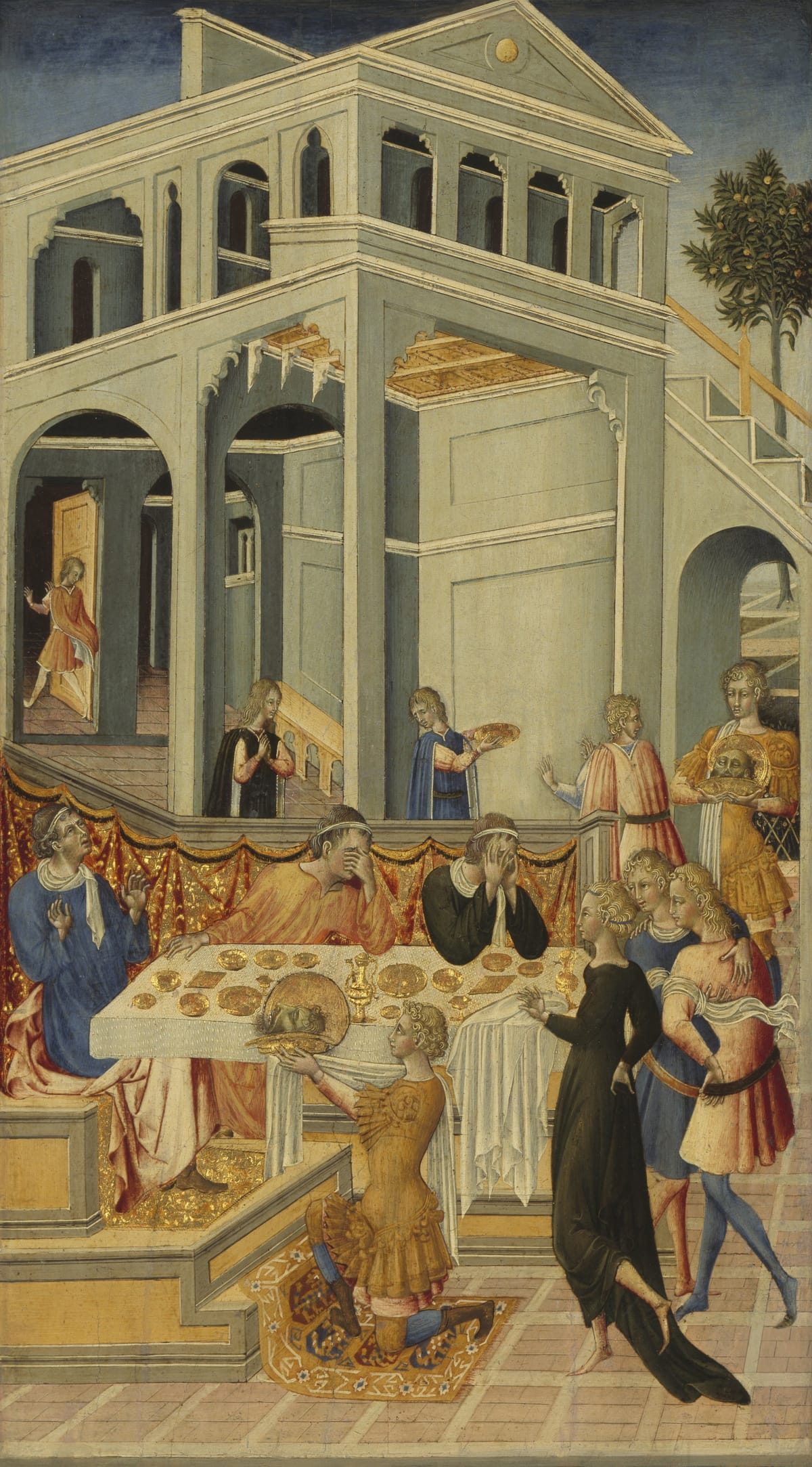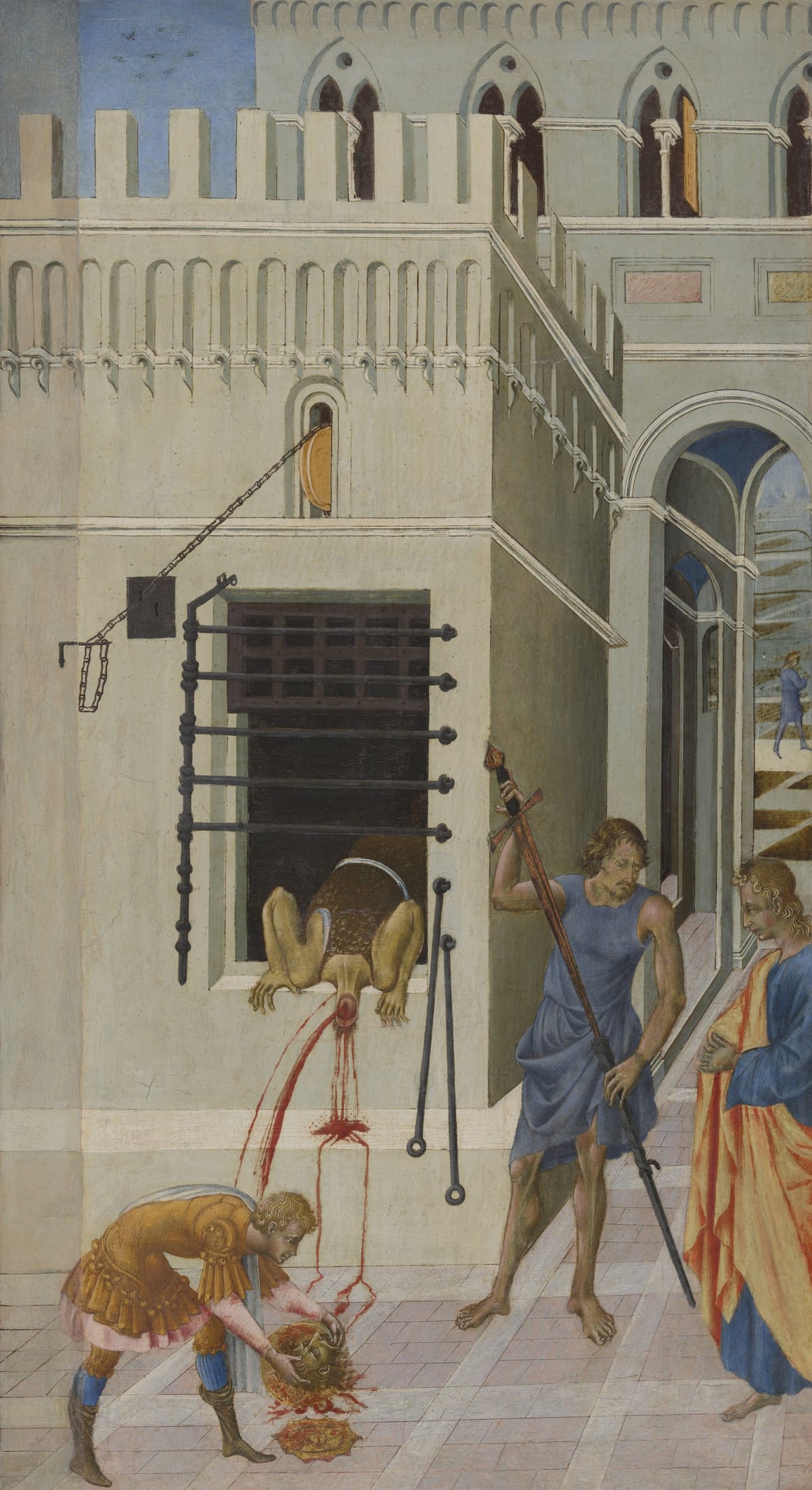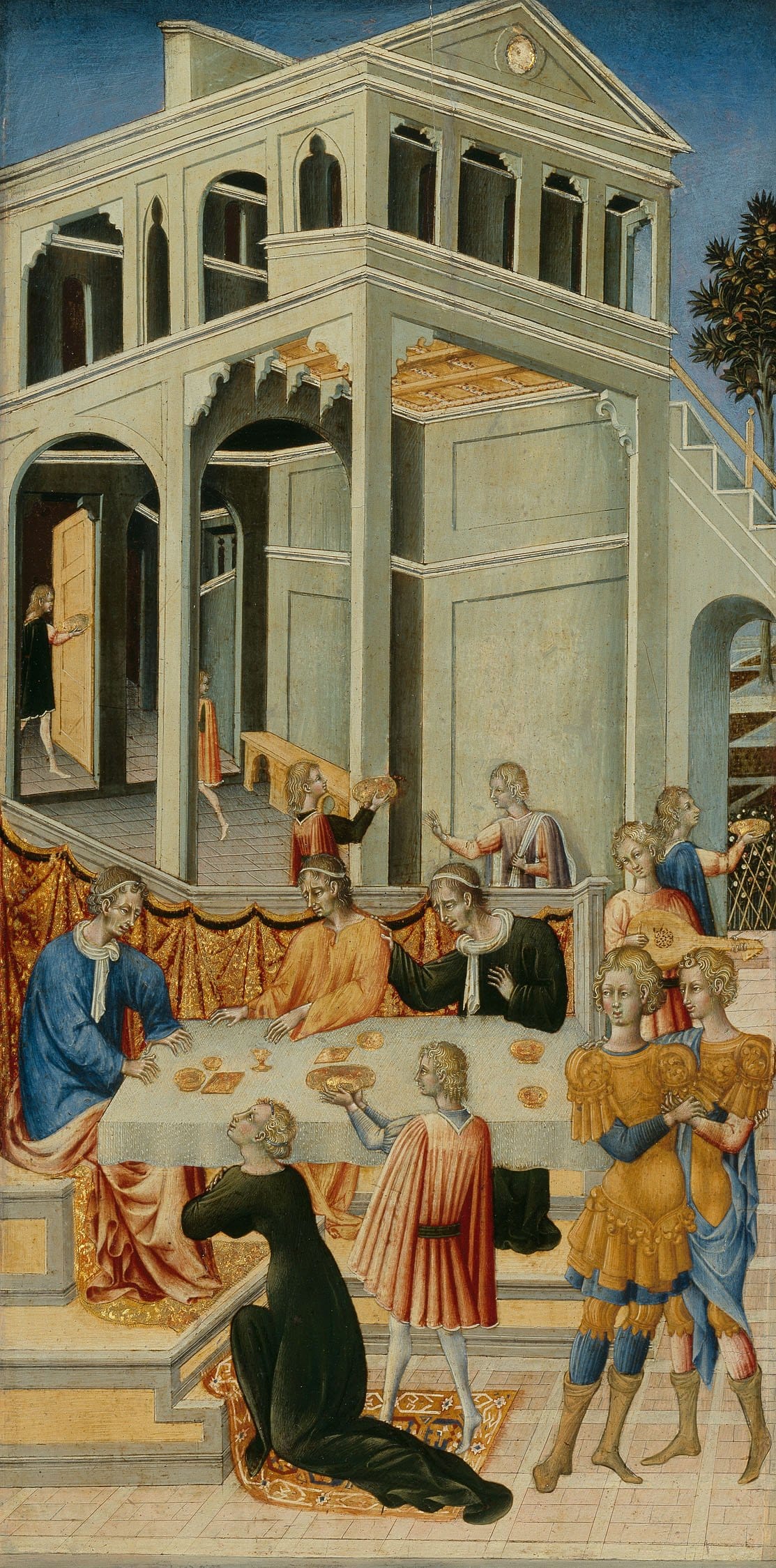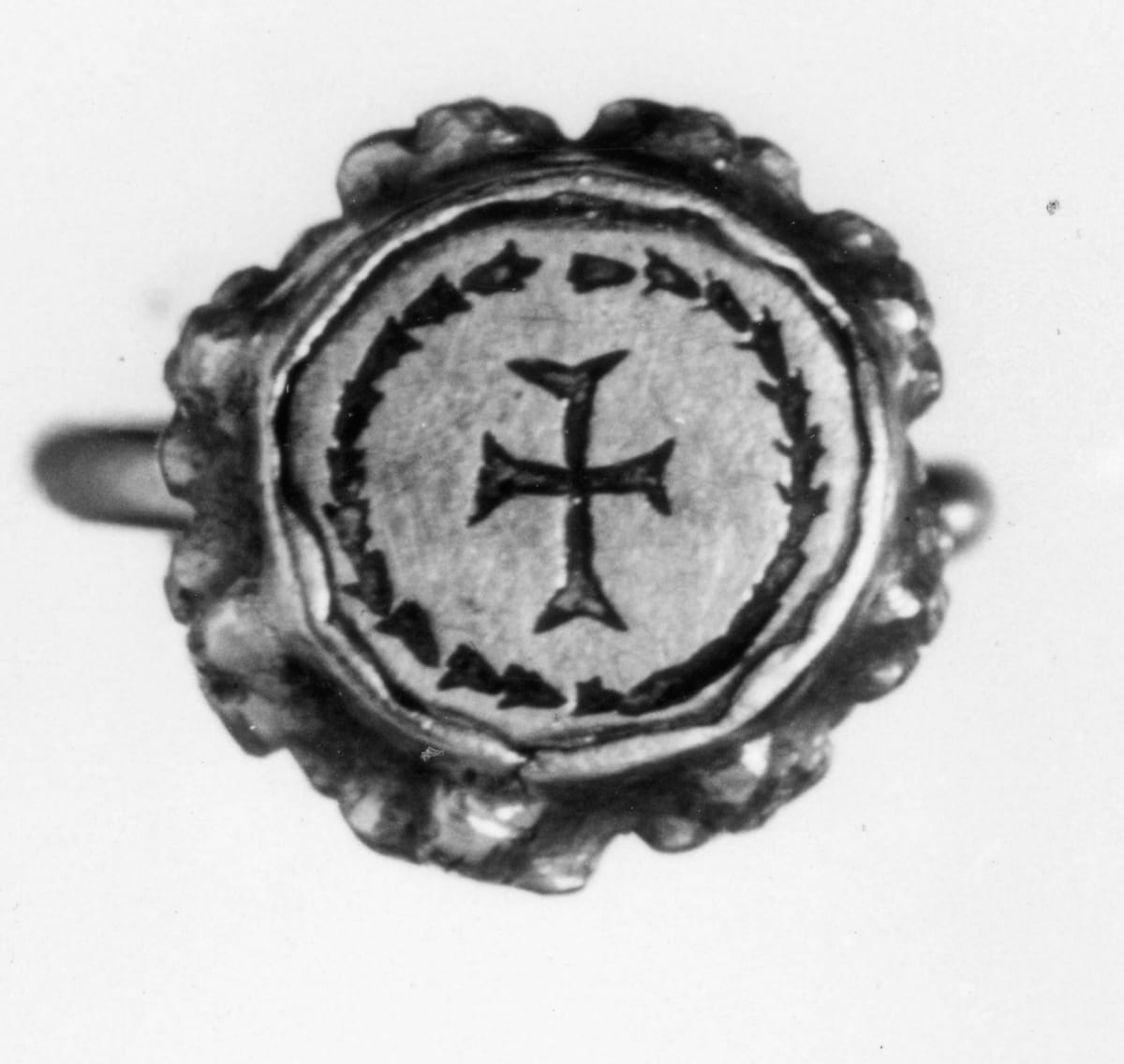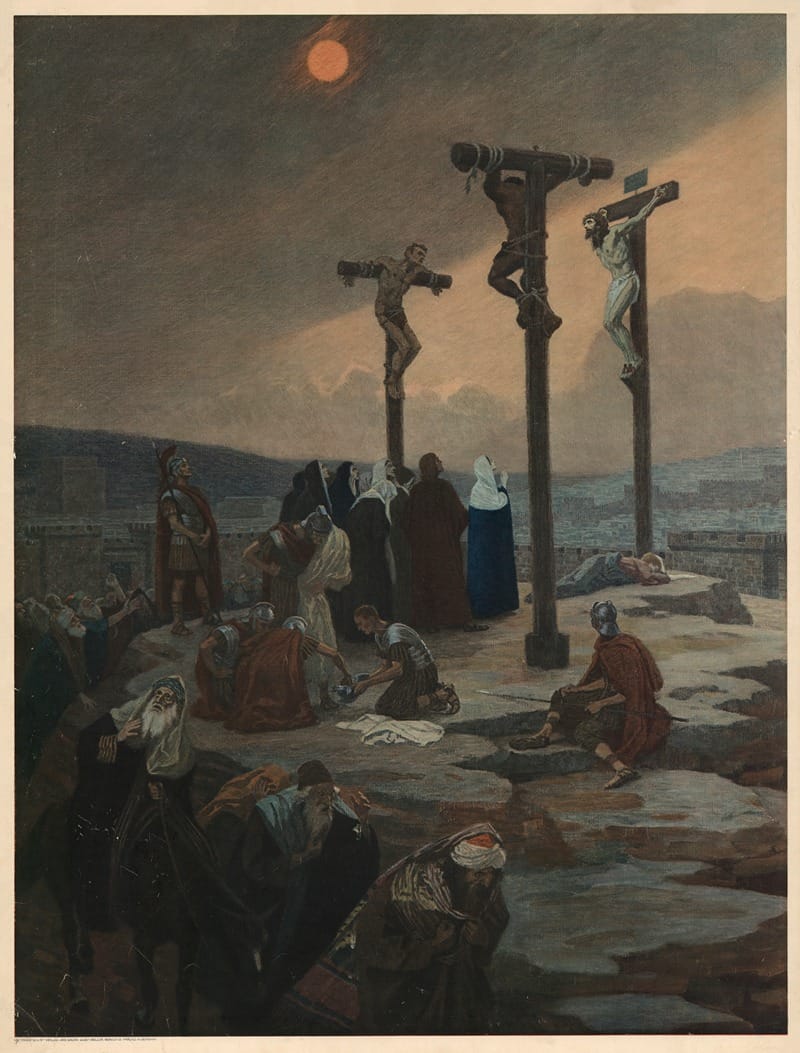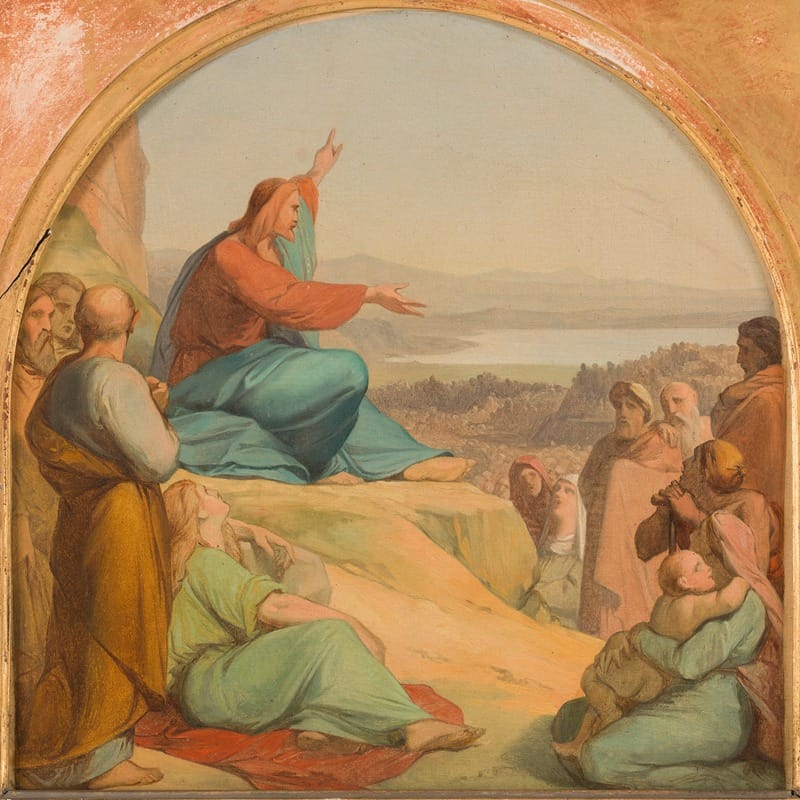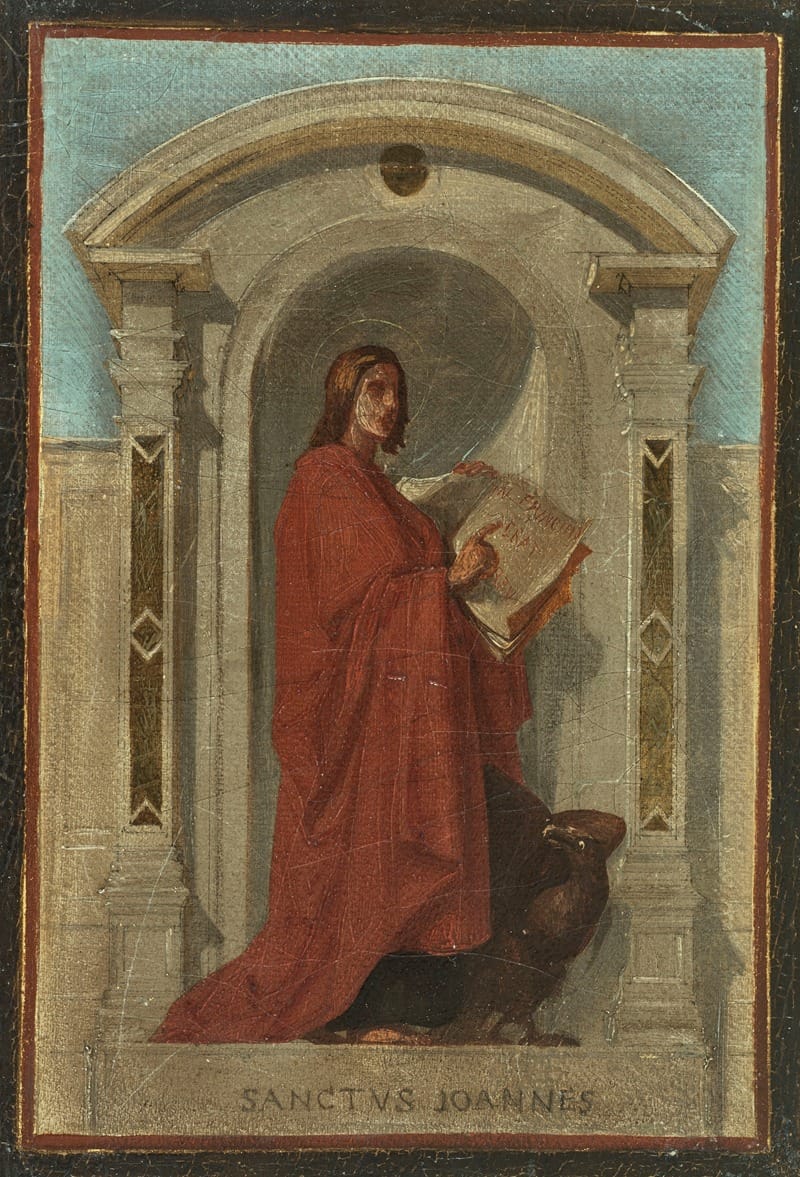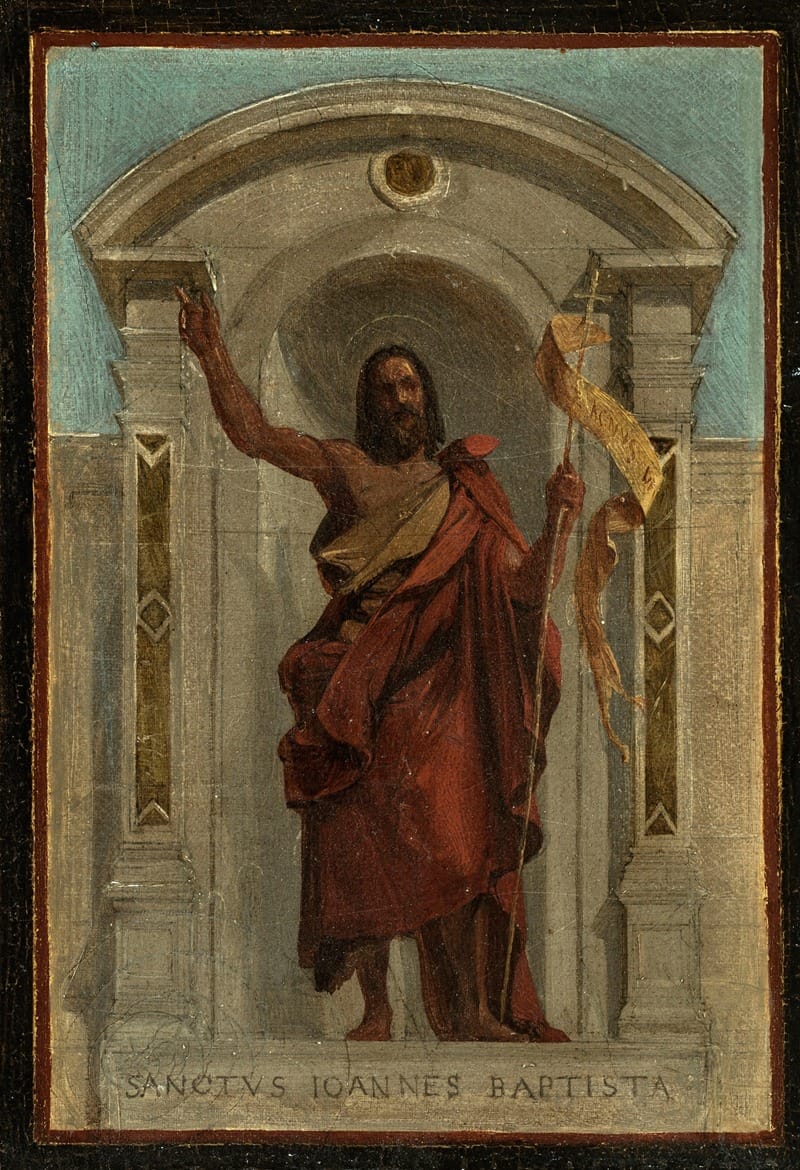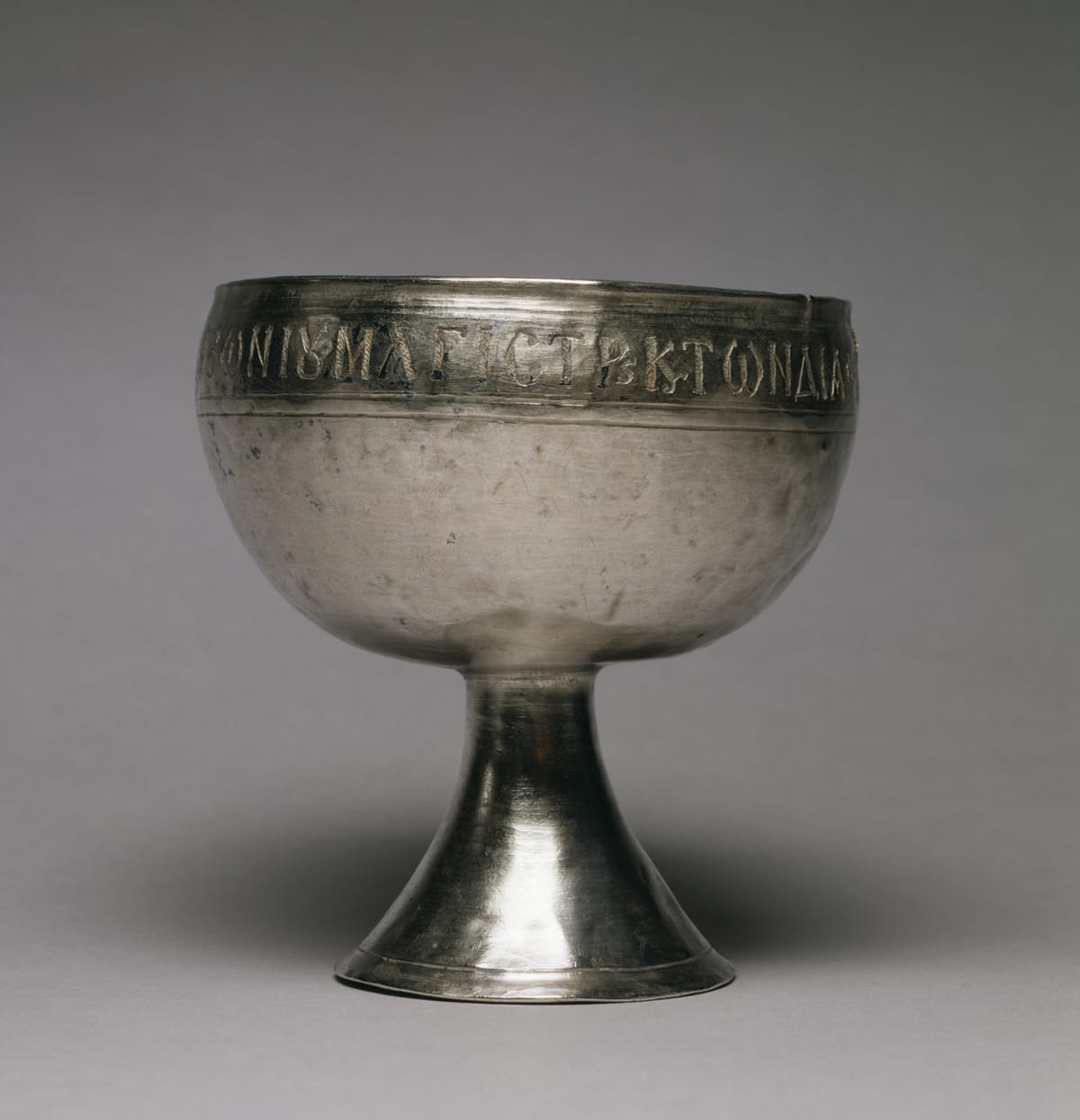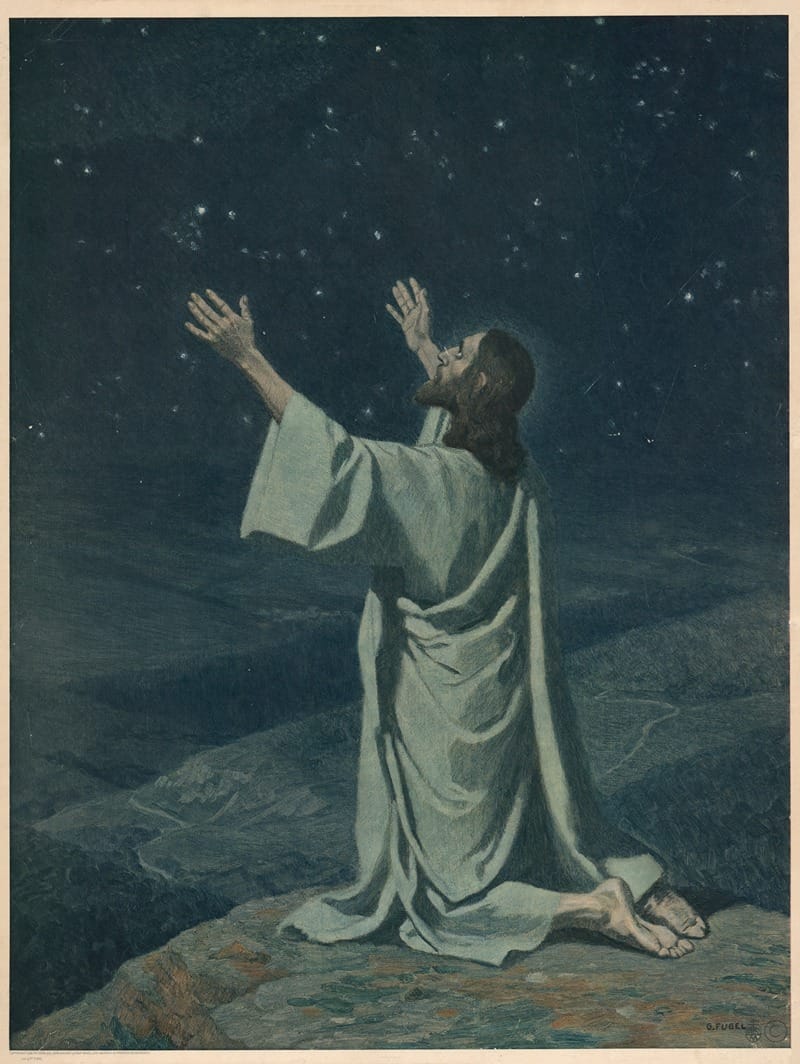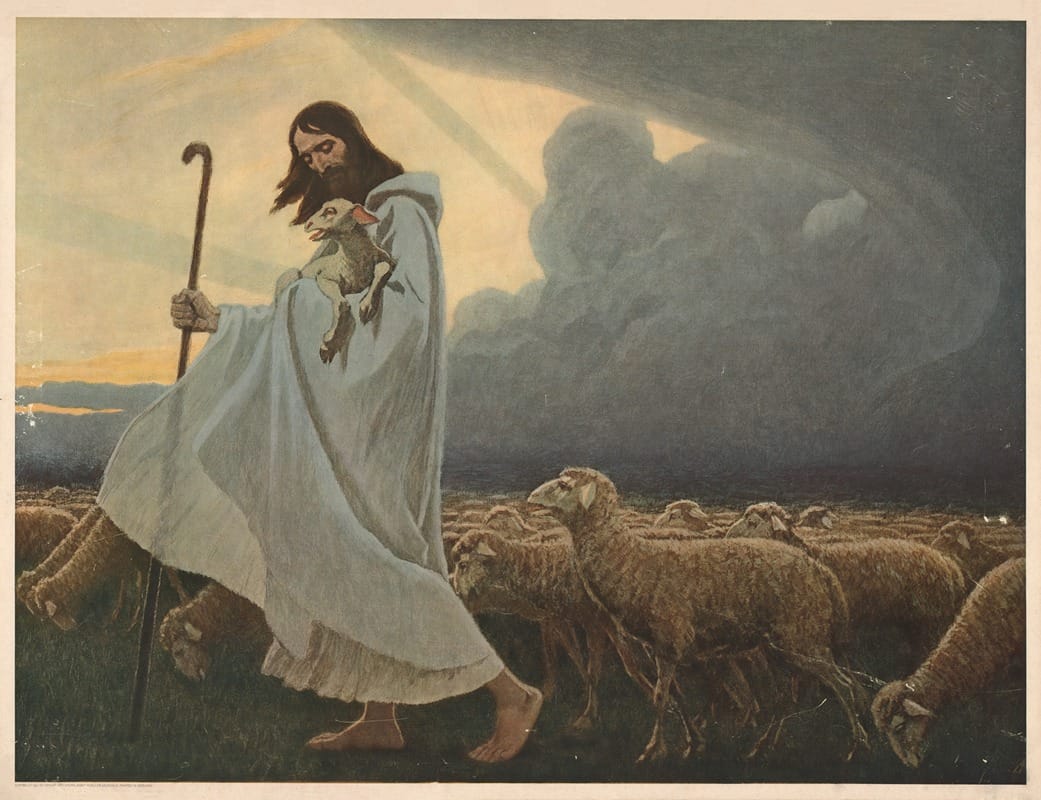The Last Judgment from Les Sept Articles de la Foi by Jean Chappuis (1470) by Maître François - Public Domain Catholic Painting
In this powerful image, Christ elevates the chosen, assisted by angels, while demons drag the damned toward hell. Jean Chapuis’s 14th-century poem The Seven Articles of Faith explores the moral implications of Christ’s birth, baptism, death, descent into hell, resurrection, ascension, and second coming. Treated like a small...




